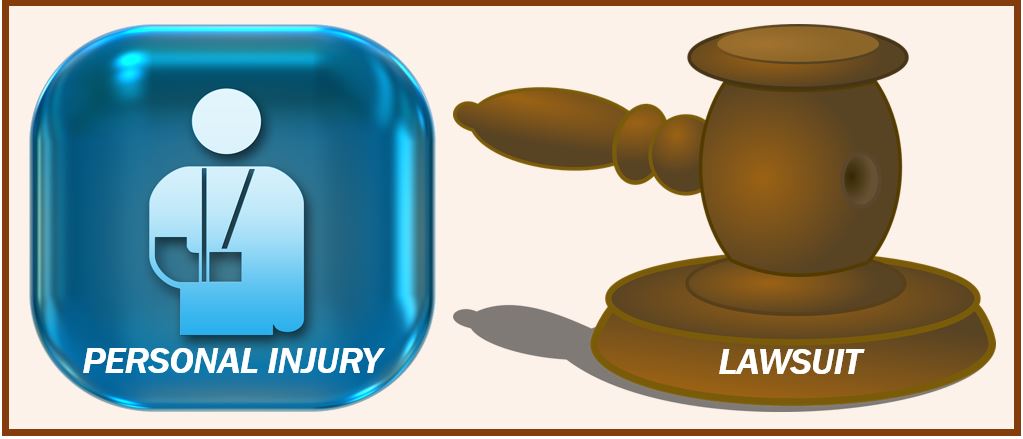Being injured is bad enough on its own, but your injury can also cause you stress, physical pain, and financial losses. You may feel like someone owes you something for your accident and suffering, but no one is going to hand you justice and financial compensation. If you want those things, you will have to go get them.
 Lawyers can help you obtain a settlement for your losses, but you will have to reach out to the attorney first.
Lawyers can help you obtain a settlement for your losses, but you will have to reach out to the attorney first.
You can file a claim against the person who hurt you in order to reach your goals. Filing a claim is a process, though. It requires many steps, such as investigating your accident, collecting evidence, putting a case together, and dealing with the at-fault person’s insurance company. It could also require going to court if the insurance company is being stubborn.
Going to court can be stressful for some people. It’s an intimidating process, the setting is very formal, and your case is in other people’s hands. You should start by doing your best to believe in the system, and know that the court tries to be as impartial as possible.
If you were wronged in an accident, that will come out through the evidence you and your lawyer have gathered. You can prove your case and win the justice and financial compensation you need after an accident.
The Court Process
Understanding the court process for a personal injury could help you feel less scared. You will feel more confident if you know what to expect going in. Below, here are the basic steps to going to court for a personal injury.
Jury Selection
The first step in the personal injury accident court process is selecting the jury. You won’t really be a part of this process, as your attorney will be working to select the jury. The other side will also get to work on jury selection. Once the jury is selected, the trial will begin.
Opening Statements
Trials usually begin with opening statements. This is where both sides get to present their opinions as to what happened in the accident, who was at fault, and what they will be trying to prove. This is a lot of opinions rather than facts. The goal here is to set up your case before presenting the evidence that is meant to prove your case.
Opening statements are very important, as it can shape the jury’s perception of the accident and what occurred. The evidence will help to show what happened. The other side does get to present their version of events as well. This can be frustrating for you as the accident victim, because much of what they say will feel like lies.
You must understand that your lawyer will do everything they can to prove that the other side is not telling the truth.
Presentation of Evidence and Witnesses
The next step is where most of the action happens—evidence presentation and witness testimony. This is where the facts of the case come out. Photos and/or video evidence of the accident and the accident scene can be presented here. Witnesses can testify as to what they saw happen. Expert witnesses can testify as to what they believe happened.
Both sides of the case present evidence with the goal of convincing the jury that their side is right.
Closing Statements
Closing statements are much like opening statements, only your attorney will be wrapping things up. They will try to point out to the jury how the evidence proves their case, and why they should side with you. Your attorney will do everything they can to get the jury members to see things your way.
Jury Deliberation and Verdict
The final step is jury deliberation and reading of the verdict. The jury will examine all of the evidence and discuss everything they just heard in open court. They will then decide whose side they believe. If they believe that you were wronged and are owed compensation, they will side with you.
If the jury sides with you, they will then read their verdict. They can also decide on an amount of financial compensation they believe you are owed for your accident and suffering. You could then receive an award of financial compensation. The at-fault party will be forced through a court order to pay you damages.
The court process doesn’t have to be intimidating if you learn about it beforehand. Talk to your lawyer about how best to prepare if your injury case is going to trial.
__________________________________________________________
Interesting related article: “What is an Occupational Accident?“

